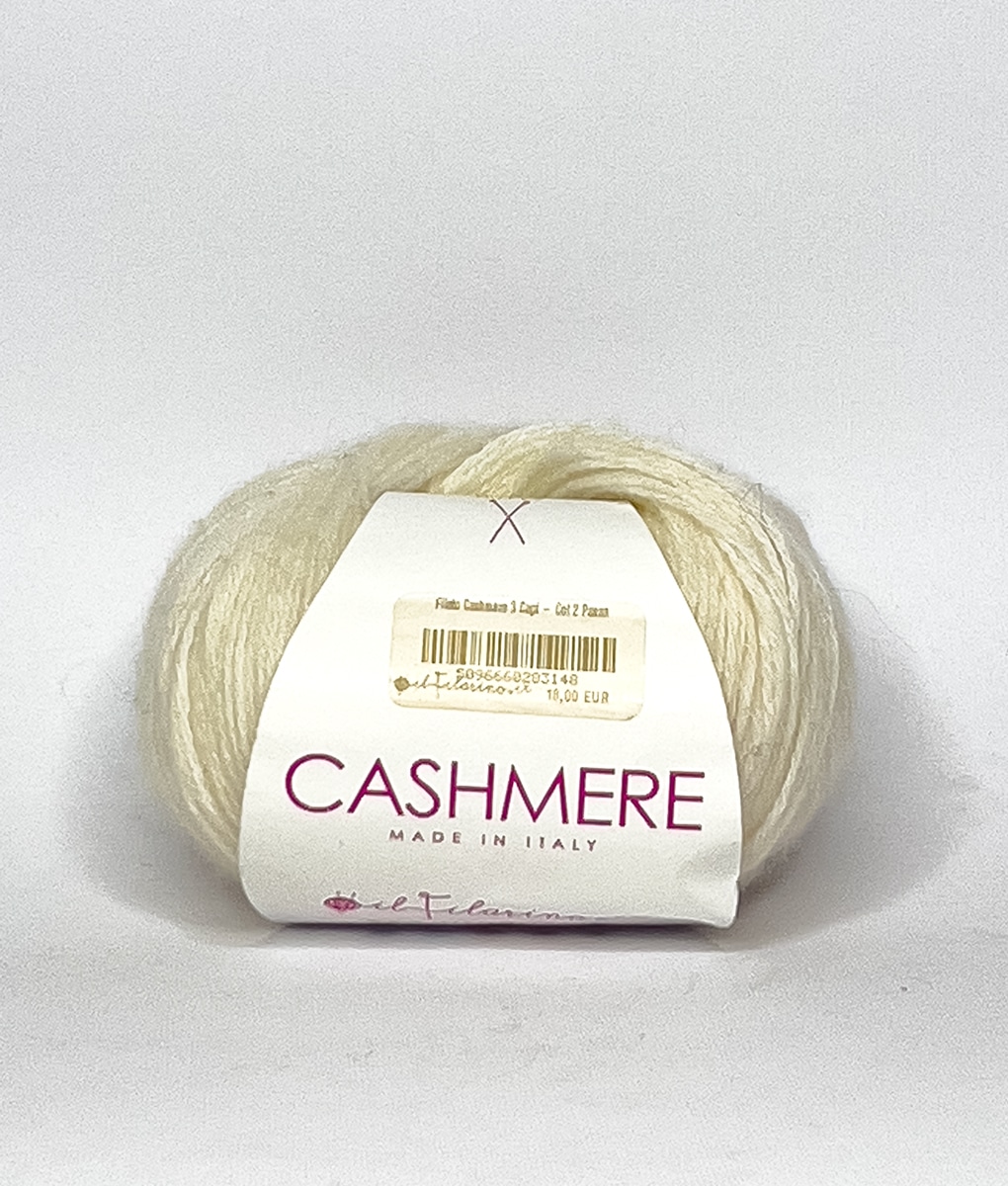What Is Cashmere and Why It’s Considered One of the Softest Fabrics in the World
What Is Cashmere and Why It’s Considered One of the Softest Fabrics in the World
Blog Article
Recognizing the Various Kinds of Cashmere an All-natural Fiber and Their One-of-a-kind Advantages

The Beginnings of Cashmere: A Historical Introduction
While the luxurious touch of cashmere continues to beauty contemporary customers, its origins map back to the severe, cold environments of Mongolia and the Himalayas. For centuries, the indigenous individuals of these areas have been elevating Capra Hircus goats, the prime resource of cashmere wool. These goats, resilient against the serious winters months, expanded a great undercoat to make it through, which later on became referred to as cashmere. The name itself pays homage to Kashmir, a region in India where the wool was at first processed. Much of the very early cashmere trade path was assisted in by the Silk Road, attaching Asia with the Middle East and Europe. In spite of its international spread, the finest cashmere is still thought to originate from the initial regions of Mongolia and the Himalayas.

The Manufacturing Refine: From Goat to Garment
Shearing a Capra Hircus goat notes the beginning of the complex cashmere production procedure. The resultant raw cashmere is then washed to eliminate impurities such as dust, veggie, and oil matter.
The clean fiber is subjected to dyeing, spinning, and weaving, or knitting, to transform it right into a textile. Complex treatments such as top quality control checks and ending up processes comply with, making certain completion item maintains the lavish requirement anticipated of cashmere. This painstaking process, from goat to garment, justifies the high price connected to cashmere items, making them a sign of luxury and refinement.
The Numerous Kinds Of Cashmere: An Extensive Analysis

The Unique Advantages of Cashmere: Comfort and Sustainability
Relocating from the range of cashmere kinds to the benefits they use, comfort and sustainability stand out plainly. Cashmere, an all-natural fiber, is renowned for its unparalleled softness, supplying a degree of convenience that artificial fibers can not match.
When it involves sustainability, cashmere is renewable and naturally degradable, as it's harvested from cashmere goats who regrow their layers each year. what is cashmere. Unlike artificial fibers which can take centuries to decay, cashmere's influence on the atmosphere is very little. This combination of convenience and sustainability makes cashmere a beneficial choice for mindful consumers

Caring for Your Cashmere: Upkeep and Conservation Tips
While cashmere is unquestionably a lasting and elegant selection, it calls for certain treatment to maintain its high quality and expand its life-span. To begin, cashmere must be hand cleaned utilizing cold water and a light detergent. Stay Recommended Site clear of wringing the garment or twisting as it can harm the fibers. Instead, carefully eject excess water and lay it flat on a towel to completely dry. Cashmere products ought to be stored in a completely dry and great place, away from direct sunshine and dampness. Making use of moth repellents can safeguard these garments from possible damages. Lastly, it's advisable to avoid hanging cashmere to stop extending. Instead, fold and shop them appropriately to preserve their shape and top quality with time.
Buying Cashmere: Understanding Its Worth and Worth
Although cashmere may originally appear like a pricey investment, its long-term value and worth come to be evident when you consider its exceptional high qualities. Known for its exceptional gentleness and warmth, cashmere is a premium natural fiber that outshines various other products. Its high demand and minimal supply add to its high cost, but its durability ensures it lasts for many years, offering outstanding value for money. Cashmere pieces are classic, usually coming to be treasures gave through generations. what is cashmere. Additionally, its all-natural protecting residential properties provide warmth without the bulk of artificial fibers. Buying cashmere, as a result, is not practically existing fashion fads, yet concerning accepting a sustainable, lasting, and glamorous lifestyle.
Final Thought
In recap, the kind of cashmere one picks, be it Mongolian, Chinese, or Italian, is determined by specific preferences for warmth, luxury, spending plan, and sustainability. Understanding the origins, manufacturing procedure, and one-of-a-kind benefits of various kinds of cashmere can direct consumers in their investment in this glamorous all-natural fiber.
Whether it's the phenomenal heat of Mongolian cashmere, the price of Chinese cashmere, or the eco-conscious production of Italian cashmere, there's a story to be discovered behind each fiber kind. Cashmere, a official site natural fiber, is renowned for its unequaled soft qualities, supplying a degree of comfort that synthetic fibers can't match.When it comes to sustainability, cashmere is sustainable and naturally degradable, as it's collected from cashmere goats who regrow their layers every year. Understood for its unequaled soft qualities and heat, cashmere is a premium natural fiber that outperforms other materials. Recognizing the origins, production process, and distinct advantages of different kinds of cashmere can guide customers in their financial investment in this lavish all-natural fiber.
Report this page